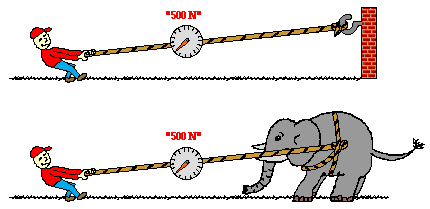Son of a Bridge
Structural
Hello guys,
I am trying to calculate the temperature force for an abutment supporting steel girders (single span bridge). Elastomeric bearings (expansion) will be used at Abut 1. Fixed bearings will be used at Abut 2.
Questions:
How is the temperature force calculated at Abut 2 since the girders are restrained? Is the contributing length equal to the entire span length?
Initially i calculated the temperature force by calculating the superstructure displacement multiplied by the abutment stiffness. However, the force is extremely large and overly conservative when the contributing length is equal to the span length. I was wondering if the max temperature force resisted by the fixed bearing is equal to the friction force on the expansion brg before slipping occurs?
Any feedback is appreciated.
Thanks,
I am trying to calculate the temperature force for an abutment supporting steel girders (single span bridge). Elastomeric bearings (expansion) will be used at Abut 1. Fixed bearings will be used at Abut 2.
Questions:
How is the temperature force calculated at Abut 2 since the girders are restrained? Is the contributing length equal to the entire span length?
Initially i calculated the temperature force by calculating the superstructure displacement multiplied by the abutment stiffness. However, the force is extremely large and overly conservative when the contributing length is equal to the span length. I was wondering if the max temperature force resisted by the fixed bearing is equal to the friction force on the expansion brg before slipping occurs?
Any feedback is appreciated.
Thanks,

